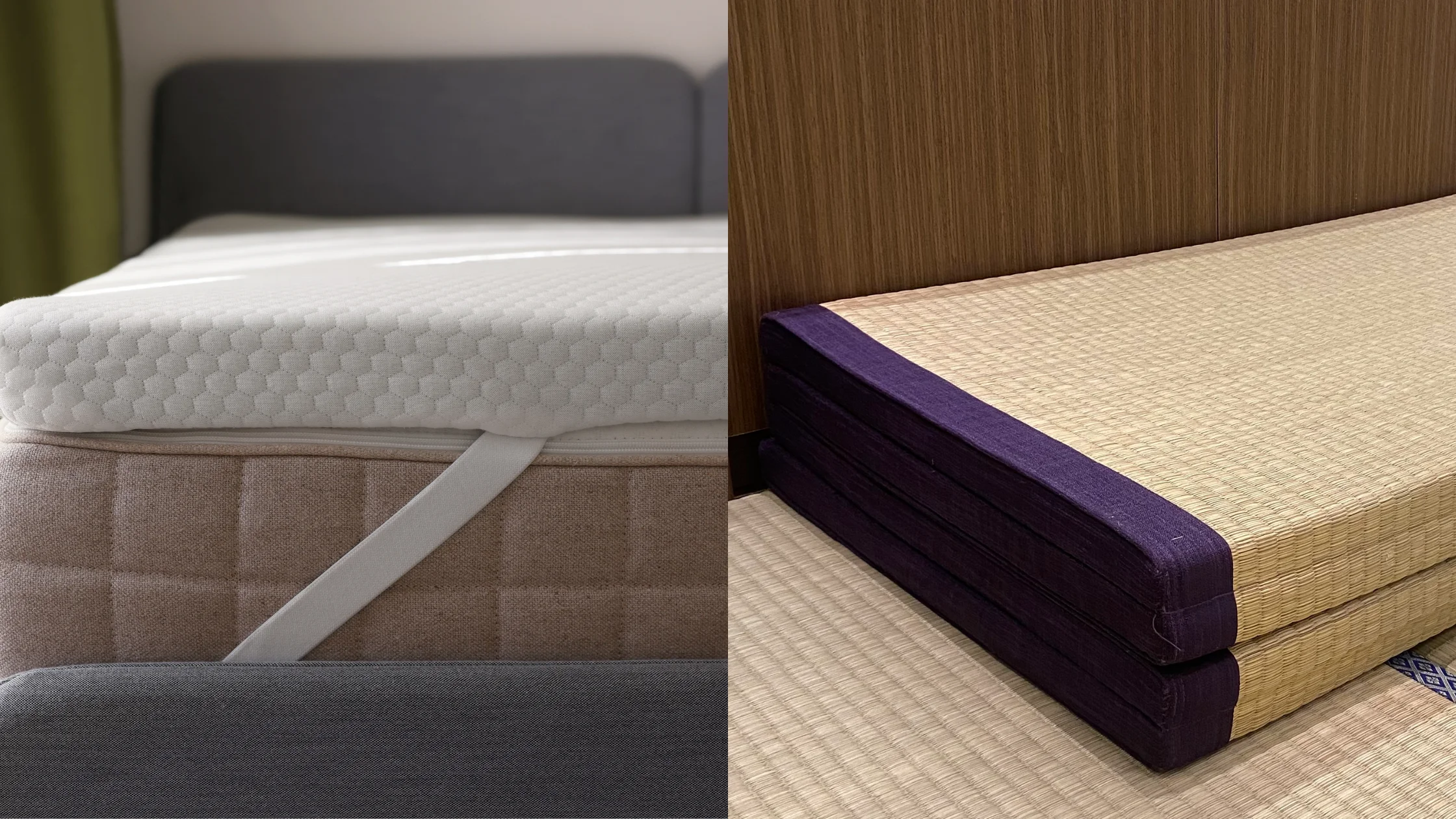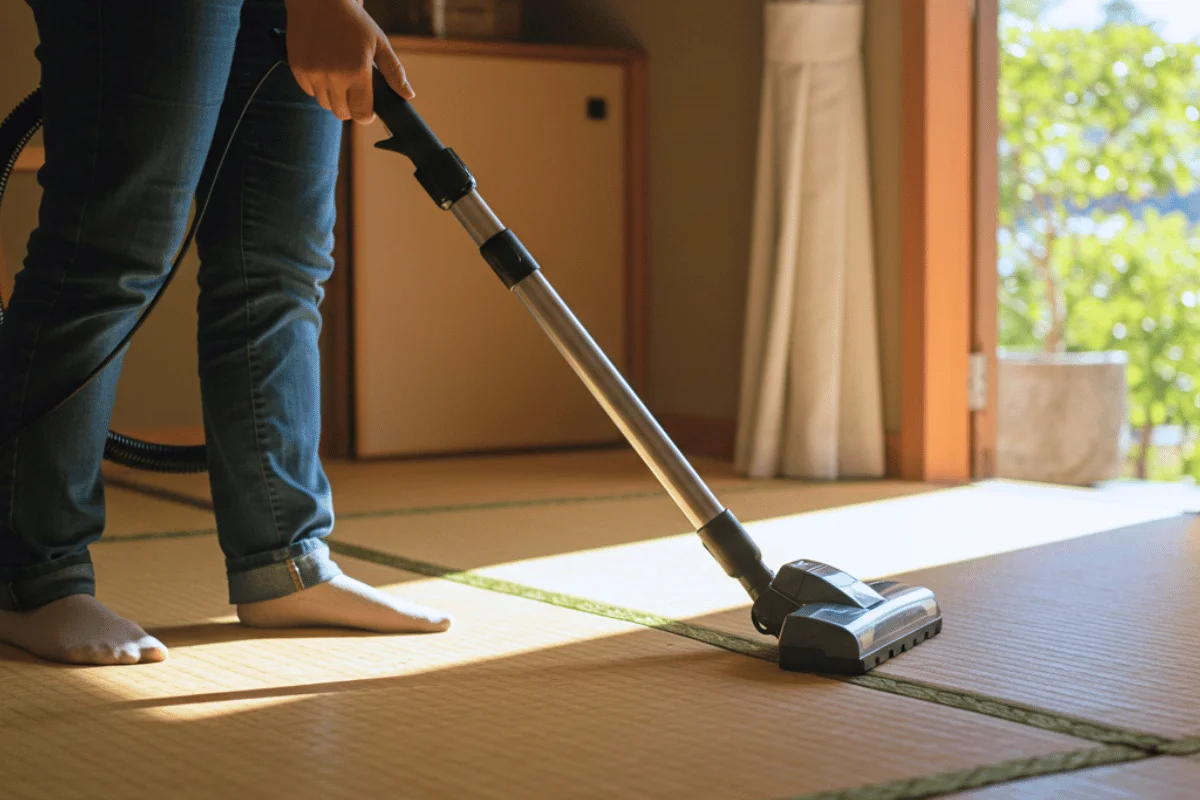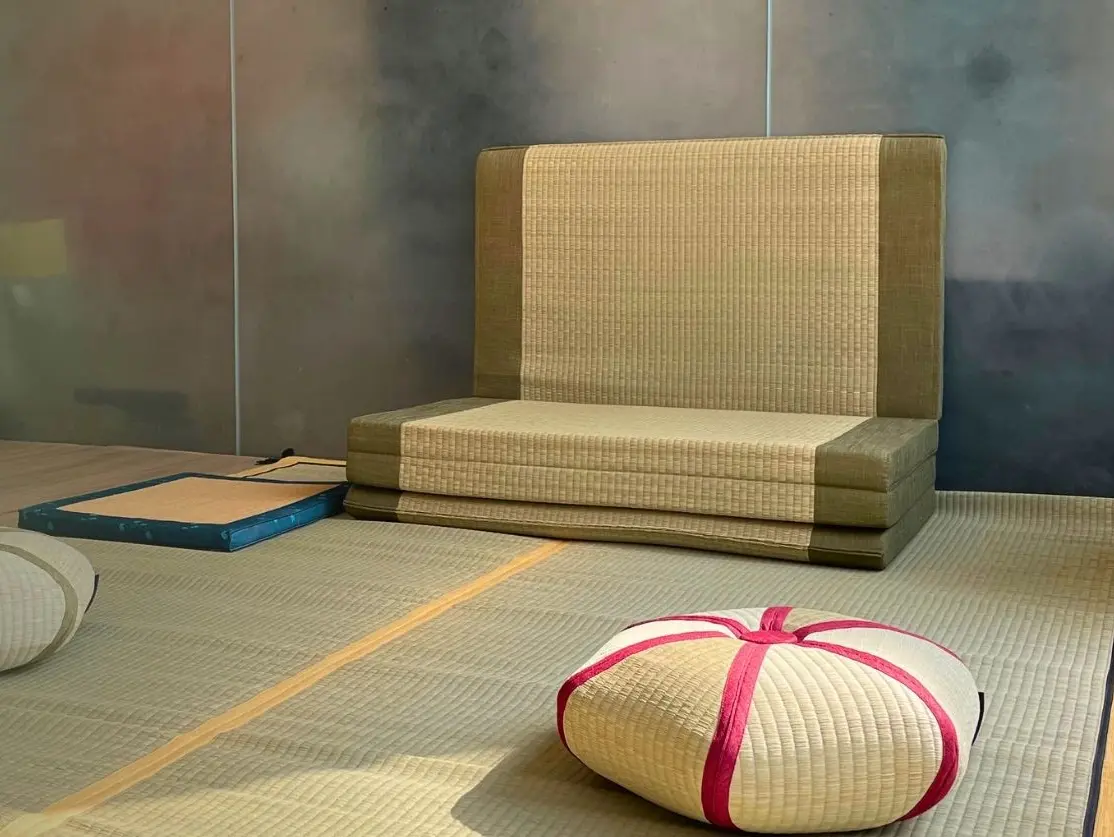Choosing the right sleeping surface can make a world of difference in how you sleep—and how you feel when you wake up. Tatami mats and memory foam mattresses are two very different options, each with unique benefits. So, how do you decide which one’s better for you? Let’s break it down step by step to help you figure it out.

Quick Overview
Feature | Memory Foam Mattresses | Tatami Mats |
Support | Contours to body, offers pressure relief | Firm, promotes natural spinal alignment |
Comfort | Plush, cradling feel | Firm, minimalist comfort |
Temperature Regulation | May retain heat; cooling gels mitigate somewhat | Naturally breathable; ideal for all climates |
Durability | Lasts 7-10 years; prone to sagging over time | Can last decades with proper care |
Maintenance | Requires lots of cleaning; prone to allergens | Easy maintenance; naturally hypoallergenic |
Ideal For | Those who prefer soft, luxurious surfaces | People seeking firm support and minimalism |
Detailed Comparison

1. Support and Alignment
Memory Foam: Adapts to the body’s shape, relieving pressure on key areas like hips and shoulders. But here’s the catch—if it’s too soft, your body might sink a bit too much, which isn’t great for your spine.
Tatami Mats: Firm, even surface that keeps the spine naturally aligned. They’re a solid choice if you have chronic back pain or just prefer a firmer bed.

2. Comfort
Memory Foam: Offers a plush, cradling sensation. It's ideal for side sleepers or those who enjoy a luxurious feel. On the flip side, some people find it too soft or restricting.
Tatami Mats: Think of these as the ultimate minimalist comfort. They’re firm yet supportive, giving you a grounded, calming experience that encourages simplicity and natural well-being.

3. Temperature Regulation
Memory Foam: Retains heat, which can disrupt sleep, especially in warm climates. Some models include cooling gels and breathable covers to combat this, but they might not be enough for hot sleepers.
Tatami Mats: Made from Igusa Rush, Tatami mats naturally wick moisture and allow airflow. They keep you cool in the summer and cosy in the winter—a win for every season.

4. Durability
Memory Foam: A typical memory foam mattress will last around 7–10 years, but sagging and loss of elasticity are common over time.
Tatami Mats: With proper care, Tatami mats can last for decades. Regular airing helps prevent mould, and their natural materials stay strong and durable.

5. Maintenance
Memory Foam: Keeping these mattresses clean takes quite a lot of effort, especially since they can attract dust mites and allergens. Non-removable covers can make things even trickier.
Tatami Mats: Maintenance is simple—just occasionally air them out and clean them. They’re naturally hypoallergenic, so you don’t have to worry as much about allergens.
So, Which Is Better for Sleep?
Choose Memory Foam If:
- You prefer a soft, plush sleeping surface that conforms to your body.
- You’re a side sleeper or share a bed and need motion isolation.
- You value modern features like cooling technology.
Choose Tatami Mats If:
- You need firm support to improve posture or reduce back pain.
- You live in a humid or warm climate and need excellent breathability.
- You appreciate minimalist living and natural materials.
Final Thoughts
The question of "better sleep" really comes down to what feels best for you. Memory foam mattresses are perfect if you crave luxurious comfort, while Tatami mats shine if you’re all about firm support and a natural, minimalist sleeping experience. Take a moment to think about your sleep habits, your lifestyle, and what makes you feel most rested—and go from there.
